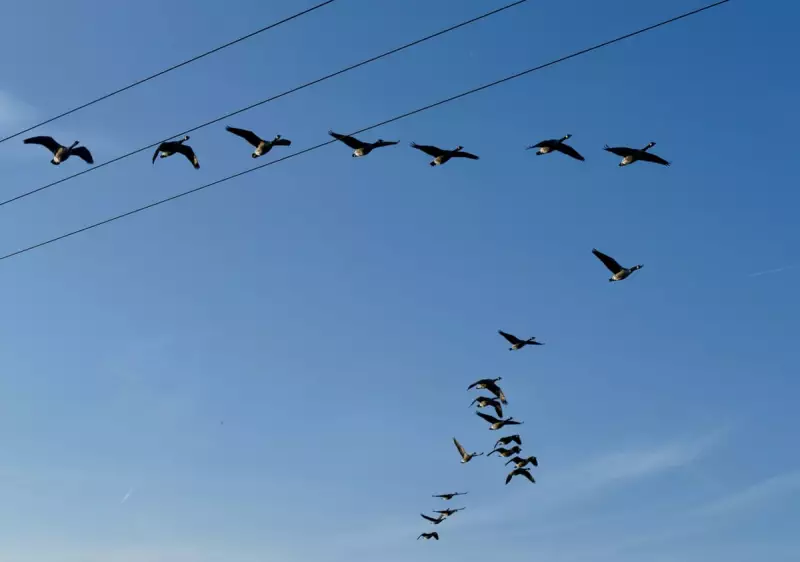
As autumn's crisp embrace tightens across the British countryside, a remarkable spectacle unfolds in our skies – one that carries a lesson far deeper than mere seasonal migration. The Canada geese, those honking heralds of changing seasons, are teaching us about the profound power of rest.
The Unseen Rhythm of Migration
While many perceive migration as constant movement, the truth reveals a more nuanced dance. These majestic birds understand something fundamental about endurance: strategic pauses are not signs of weakness but essential components of strength.
Observing their behaviour reveals nature's wisdom in action. Rather than pushing relentlessly forward, the geese practice intentional rest – settling in fields and waterways to replenish their energy reserves. This isn't idleness; it's a calculated investment in their long journey south.
Nature's Masterclass in Energy Management
The geese demonstrate what modern society often forgets:
- Rest as necessity, not luxury
- The importance of collective pacing
- Strategic stopping points as part of the journey
- Listening to natural rhythms rather than fighting them
Their V-formation flying isn't just about aerodynamics; it's a lesson in community support and shared endurance. The lead bird rotates, allowing others to benefit from the slipstream while taking their turn at the most demanding position.
A Mirror to Modern Life
In our always-on culture, where productivity is prized above wellbeing, the Canada geese offer a gentle rebuke. Their migratory success depends on recognising limits and honouring the body's need for recovery.
This ancient wisdom feels particularly relevant today, as we navigate increasingly demanding lives. The geese remind us that sustainable progress requires balancing effort with restoration.
The Conservation Connection
Understanding these patterns isn't just philosophically valuable – it's crucial for conservation efforts. Protecting stopover sites and understanding migration timing helps ensure these magnificent travellers continue gracing our landscapes for generations.
As climate change alters traditional patterns, observing and learning from these natural rhythms becomes ever more important for both wildlife protection and our own wellbeing.
The next time you hear that distinctive honking overhead and look up to see the arrowhead formation painting the sky, remember: you're witnessing more than migration. You're observing a masterclass in resilience, community, and the art of purposeful rest.





